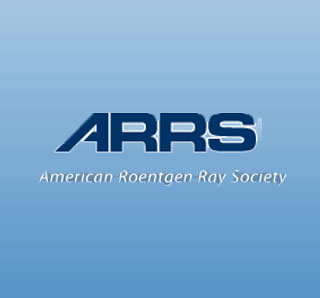
PROG is known to be found in both males and females and seems to play an essential role in protecting both the central and peripheral nervous systems. Its abilities to take care of an array of brain damages further seem to expand its usability.
“Traumatic brain injury (TBI) is an important clinical problem in the United States and around the world,†mentioned Donald G. Stein, PhD, lead author of the paper. “TBI has received more attention recently because of its high incidence among combat casualties in Iraq and Afghanistan. Current Department of Defense statistics indicated that as many as 30 percent of wounded soldiers seen at Walter Reed Army Hospital have suffered a TBI, a finding that has stimulated government interest in developing a safe and effective treatment for this complex disorder.â€
“Growing evidence indicates that post-injury administration of PROG in a variety of brain damage models can have beneficial effects, leading to substantial and sustained improvements in brain functionality. PROG given to both males and females can cross the blood-brain barrier and reduce edema (swelling) levels after TBI; in different models of cerebral ischemia (restriction of blood supply), significantly reduce the area of necrotic cell death and improve behavioral outcomes; and protect neurons distal to the injury that would normally die,†added Stein.
Two phase 2 clinical trials claim to have recently tested the usability of PROG in traumatic brain injury. A phase 3 NIH sponsored trial to gain more insights on the same is due to commence soon.
“Given its relatively high safety profile, its ease of administration, its low cost and ready availability, PROG should be considered a viable treatment option — especially because, in brain injury, so little else is currently available,†stated Stein.
This study appears in the January issue of the American Journal of Roentgenology.
